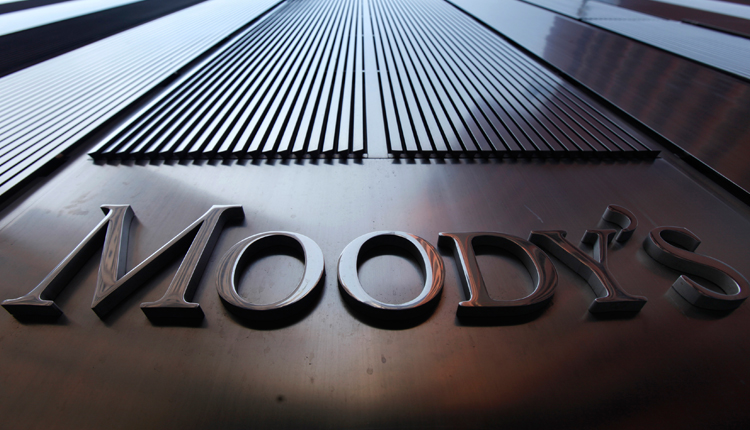Moody’s Investors Service on Tuesday downgraded two Qatari banks as lenders in the country continue to struggle with lower profitability and deteriorating asset quality, amid a year-long Arab quartet boycott that has crimped economic growth.
The rating agency slashed by a notch the long-term deposit ratings of Commercial Bank of Qatar and Doha Bank – two of Qatar’s top-five lenders by assets – to A3 while their short-term deposit ratings was cut to Prime-2 from Prime-1, it said in statements on Tuesday. The baseline credit assessment (BCA) for both lenders was also reduced to ba1 from baa3 as the rating agency maintained negative outlook for the two banks.
“Deteriorating asset quality is driven by softer economic conditions in Qatar and … domestic legacy exposures, predominantly the exposure to the volatile construction and real estate sector,” according to Moody’s statement.
Qatar’s banks had their outlook downgraded to negative from stable by Moody’s in August amid weakening operating conditions and continued funding pressures facing lenders in the wake of a political crisis between the country and neighbours that include Saudi Arabia and the UAE. The two nations, together with Bahrain and Egypt, cut ties with Doha on June 5 last year, accusing it of supporting terrorism, a charge it denies.
Qatar’s economy has struggled in the wake of the economic boycott, especially, its tourism and construction sectors, which have felt the brunt of the diplomatic crisis.
Moody’s said the 26 per cent of CBQ’s total loan book was exposed to the constructions sector at the end of 2017. The bank, which has a presence in the challenging Turkish market as well, has seen its non-performing loan ratio climb to 5.1 per cent in December last year from 4.5 per cent at the end of 2016.
The rating agency expects high loan growth and weak profitability to pressure CBQ’s capital adequacy going forward, although the planned sale of its associate United Arab Bank in the UAE might provide some relief if successfully completed.
Doha Bank, which is also facing capital adequacy pressure, has 47 per cent of its total loans exposed to the volatile contracting and construction market. The lender’s non-performing loans ratio was around 3.2 per cent in March 2018 compared to 2.9 per cent at the end of 2017 and 2.5 per cent a year earlier.
Capital adequacy of Doha Bank has also been declining, driven by the impact of the introduction of new accounting standards and pressured profitability owning to higher provisions and lower margins, Moody’s said.
The bank’s tangible common equity ratio declined to 11.4 per cent in March 2018 from 13.8 per cent in December 2017, “as the impact on recognition of expected credit loss amounted to 1.7 billion Qatari rials, and which was taken from risk reserves and retained earnings,” Moody’s noted.
Source: The National
